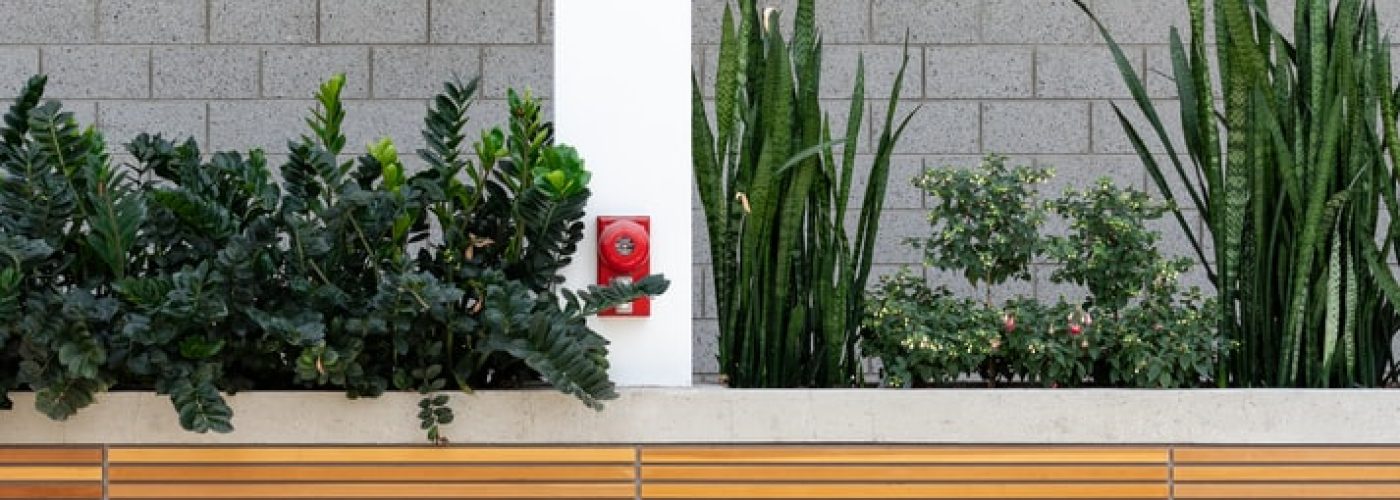Indoor levels of air pollutants are two to five times higher, on average, than outdoor levels, the BBC reports. Indoor air pollution is typically caused by common building materials (like paint, flooring and furniture finishes), which release harmful gases or particles into the air. Poor indoor air quality is linked to health issues like poor attention span and cognition, respiratory illness, irritation to the eyes, nose and throat, and even cancer. By designing buildings to improve indoor air quality, both commercial and residential buildings can be made safer and healthier than ever before. Air purifiers Indoor air pollution in homes, schools, and nurseries is a growing problem that’s been found to cause a myriad of health issues in children (including, asthma, eczema, wheezing and conjunctivitis). Common sources of indoor air pollution include cleaning products, aerosol sprays, damp, mould, dust, and chemicals from paint, building materials and furnishings. Tobacco smoke, in particular, is a major health hazard linked to illnesses like chronic obstructive pulmonary disease (COPD). Fortunately, installing air purifiers can trap and remove harmful particles and help ensure safe and clean air. The best air purifier for tobacco smoke will feature a CADR (clean air delivery rate) of over 300, which makes the purifier as efficient as possible. It should also be a size suitable for use in the room intended to maximise smoke removal while on a quieter setting. Biophilic design The biophilic principle — which incorporates live greenery in building design — is undoubtedly a trend here to stay. Living walls, in particular, feature entire walls of plants, and are a popular way of using biophilic design in both residential and commercial buildings. Biophilic design has a number of health and environmental benefits. In particular, plants are naturally good at purifying the air and turning carbon dioxide into oxygen, which ultimately improves air quality and decreases humidity. Snake plant, for example, is an attractive plant that’s easy and low maintenance to care for; it works to remove harmful chemicals, including benzene, trichloroethylene, formaldehyde, xylene and toluene, and clean the air. VOC free Building materials like paint, flooring, caulking, adhesives and sealant commonly off-gas harmful chemicals for years after they’re installed. VOCs (volatile organic compounds), in particular, are a serious element contributing to poor indoor air quality, and have been linked to a number of health issues, including, headaches, nausea, dizziness, asthma, liver and kidney damage, cancer, and central nervous system damage. Opting for water-based coatings and non-toxic materials can minimise exposure to VOCs and promote healthy indoor air. Flooring, for example, can also be made from natural wood, stone or marble, and laid with sisal, wool and coir carpets. These materials are cost effective and durable, and don’t emit harmful VOCs. Paying attention to indoor air quality is an increasingly important part of building design and construction. Air purifiers, biophilic design, and low-VOC materials can help ensure healthy indoor air quality in commercial and residential buildings.





